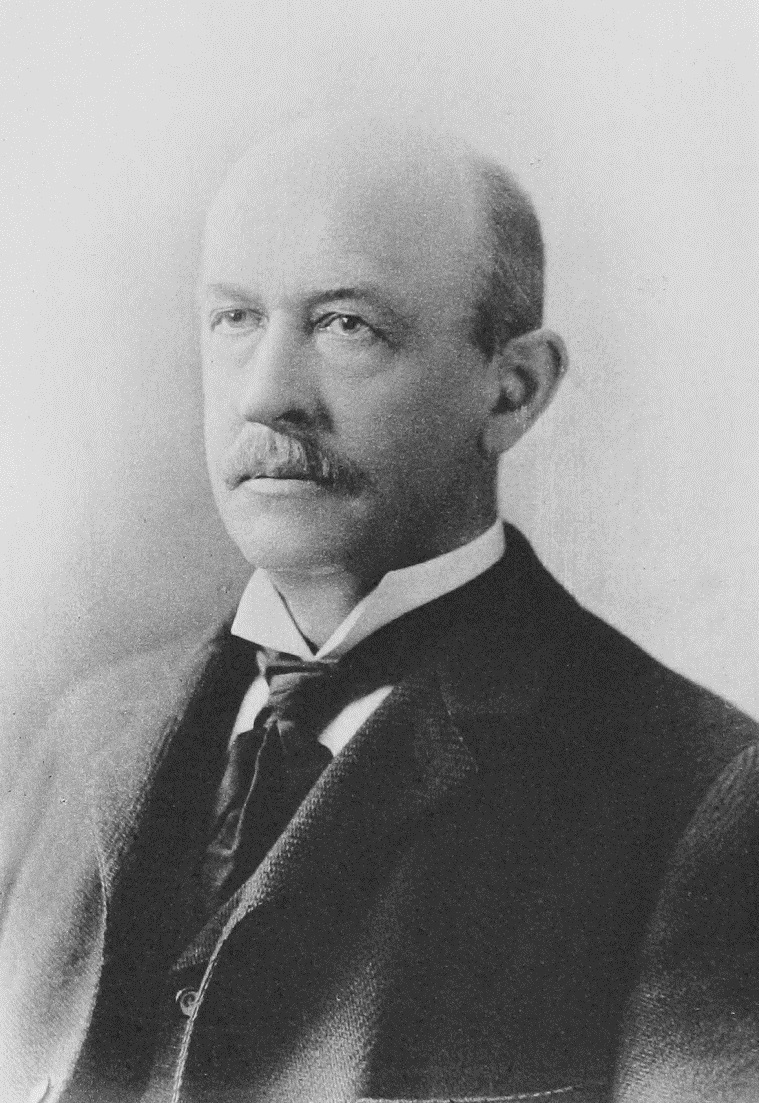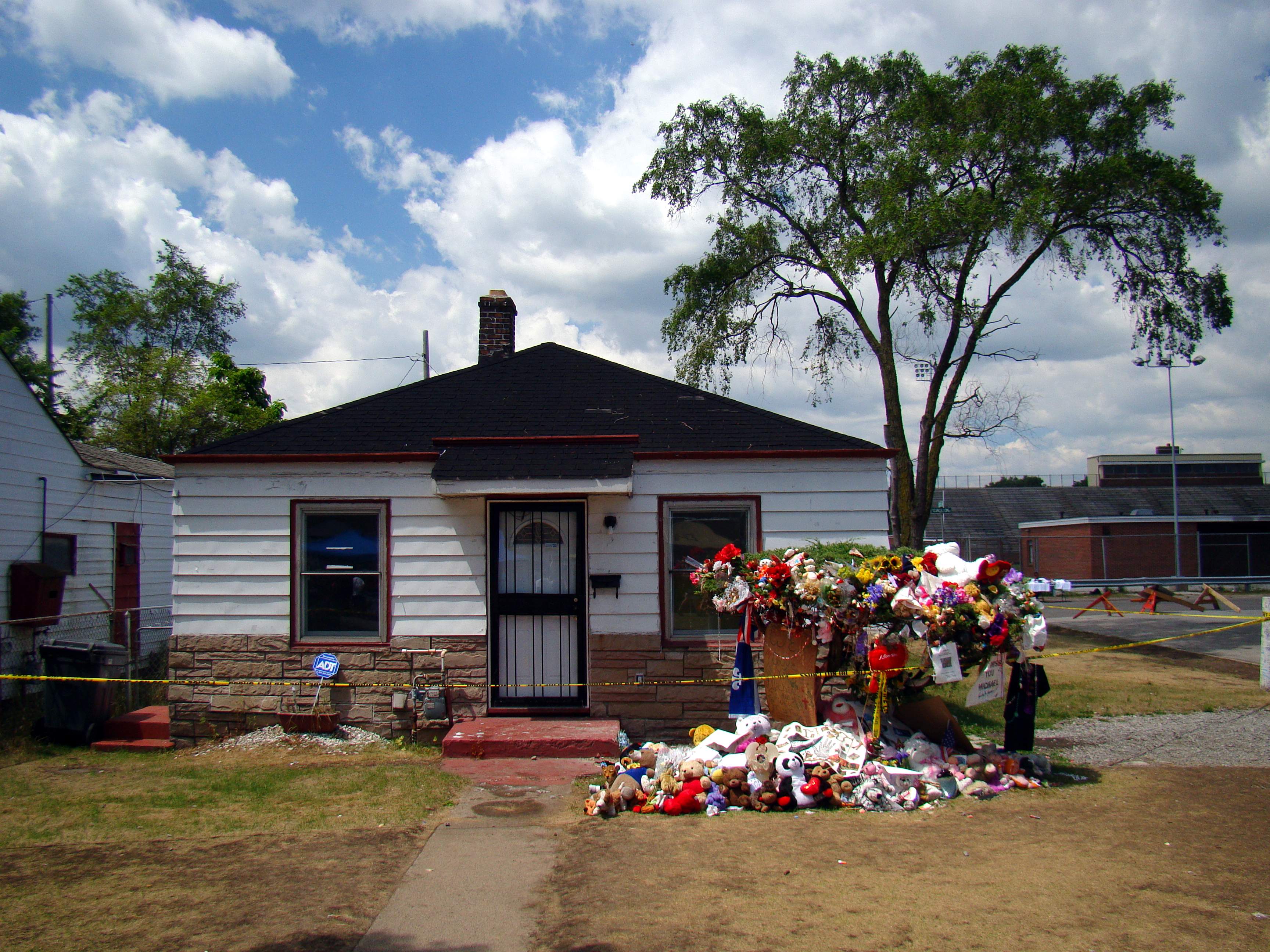|
Symbolic Boundaries
Symbolic boundaries are a theory of how people form social groups proposed by cultural sociologists. Symbolic boundaries are “conceptual distinctions made by social actors…that separate people into groups and generate feelings of similarity and group membership.” Lamont, Michele and Virag Molnar. 2002. "The Study of Boundaries in the Social Sciences" Annual Review of Sociology. 28:167-95 Symbolic boundaries are a necessary but insufficient condition for social change. Only when symbolic boundaries are widely agreed upon can they take on a constraining character and become social boundaries. Durkheim Émile Durkheim saw the symbolic boundary between sacred and profane as the most profound of all social facts, and the one from which lesser symbolic boundaries were derived. Rituals - secular or religious - were for Durkheim the means by which groups maintained their symbolic/moral boundaries. Mary Douglas has subsequently emphasised the role of symbolic boundaries in organi ... [...More Info...] [...Related Items...] OR: [Wikipedia] [Google] [Baidu] |
Cultural Sociology
The sociology of culture, and the related cultural sociology, concerns the systematic analysis of culture, usually understood as the ensemble of symbolic codes used by a member of a society, as it is manifested in the society. For Georg Simmel, culture referred to "the cultivation of individuals through the agency of external forms which have been objectified in the course of history". Culture in the sociological field is analyzed as the ways of thinking and describing, acting, and the material objects that together shape a group of people's way of life. Contemporary sociologists' approach to culture is often divided between a "sociology of culture" and "cultural sociology"—the terms are similar, though not interchangeable. The ''sociology of culture'' is an older concept, and considers some topics and objects as more or less "cultural" than others. By way of contrast, Jeffrey C. Alexander introduced the term ''cultural sociology'', an approach that sees all, or most, social p ... [...More Info...] [...Related Items...] OR: [Wikipedia] [Google] [Baidu] |
Frame Analysis
Frame analysis (also called framing analysis) is a multi-disciplinary social science research method used to analyze how people understand situations and activities. Frame analysis looks at images, stereotypes, metaphors, actors, messages, and more. It examines how important these factors are and how and why they are chosen. The concept is generally attributed to the work of Erving Goffman and his 1974 book ''Frame analysis: An essay on the organization of experience'' and has been developed in social movement theory, policy studies and elsewhere. Framing theory and frame analysis is a broad theoretical approach that has been used in communication studies, news (Johnson-Cartee, 1995), politics, and social movements among other applications. "Framing is the process by which a communication source, such as a news organization, defines and constructs a political issue or public controversy" (Nelson, Oxley, & Clawson, 1997, p. 221). It is related to the concept of agenda-settin ... [...More Info...] [...Related Items...] OR: [Wikipedia] [Google] [Baidu] |
Social Identity Theory
Social identity is the portion of an individual's self-concept derived from perceived membership in a relevance, relevant social group. As originally formulated by social psychologists Henri Tajfel and John C. Turner, John Turner in the 1970s and the 1980s, social identity theory introduced the concept of a social identity as a way in which to explain Group dynamics#Intergroup dynamics, intergroup behaviour. "Social identity theory explores the phenomenon of the 'ingroup' and 'outgroup', and is based on the view that identities are constituted through a process of difference defined in a relative or flexible way depends on the activities in which one engages" This theory is described as a theory that predicts certain intergroup behaviours on the basis of perceived group Social status, status differences, the perceived Legitimacy (political), legitimacy and stability of those status differences, and the perceived ability to move from one group to another. This contrasts with occ ... [...More Info...] [...Related Items...] OR: [Wikipedia] [Google] [Baidu] |
Social Capital
Social capital is "the networks of relationships among people who live and work in a particular society, enabling that society to function effectively". It involves the effective functioning of social groups through interpersonal relationships, a shared sense of Identity (social science), identity, a shared understanding, shared Social norm, norms, shared Value (ethics), values, Trust (social sciences), trust, cooperation, and Reciprocity (social psychology), reciprocity. Social capital is a measure of the value of resources, both Tangibility, tangible (e.g., public spaces, private property) and intangible (e.g., Social actor, actors, human capital, people), and the impact that ideal creators have on the resources involved in each relationship, and on larger groups. Some have described it as a form of capital that produces Public good (economics), public goods for a common purpose, although this does not align with how it has been measured. Social capital has been used to expla ... [...More Info...] [...Related Items...] OR: [Wikipedia] [Google] [Baidu] |
Personal Boundaries
Personal boundaries or the act of'' setting boundaries'' is a life skill that has been popularized by self help authors and support groups since the mid 1980s. It is the practice of openly communicating and asserting personal values as way to preserve and protect against having them compromised or violated. The term "boundary" is a metaphor – with ''in-bounds'' meaning acceptable and ''out-of-bounds'' meaning unacceptable. Without values and boundaries our identities become diffused and often controlled by the definitions offered by others. The concept of ''boundaries'' has been widely adopted by the counseling profession.G. B. and J. S. Lundberg, ''I Don't Have to Make Everything All Better'' (2000) p. 13. ISBN 978-0-670-88485-8 Usage and application This life skill is particularly applicable in environments with controlling people or people not taking responsibility for their own life. Co-Dependents Anonymous recommends setting limits on what members will do to and for peop ... [...More Info...] [...Related Items...] OR: [Wikipedia] [Google] [Baidu] |
Moral Panic
A moral panic is a widespread feeling of fear, often an irrational one, that some evil person or thing threatens the values, interests, or well-being of a community or society. It is "the process of arousing social concern over an issue", usually perpetuated by moral entrepreneurs and the mass media, and exacerbated by politicians and lawmakers. Stanley Cohen, who developed the term, states that moral panic happens when "a condition, episode, person or group of persons emerges to become defined as a threat to societal values and interests". While the issues identified may be real, the claims "exaggerate the seriousness, extent, typicality and/or inevitability of harm". Moral panics are now studied in sociology and criminology, media studies, and cultural studies. Examples of moral panic include the belief in widespread abduction of children by predatory pedophiles; belief in ritual abuse of women and children by Satanic cults; and concerns over the effects of music lyrics ... [...More Info...] [...Related Items...] OR: [Wikipedia] [Google] [Baidu] |
Microsociology
Microsociology is one of the main levels of analysis (or focuses) of sociology, concerning the nature of everyday human social interactions and agency on a small scale: face to face.Smelser, Neil J. 1997. ''Problematics of Sociology.''. Microsociology is based on subjective interpretative analysis rather than statistical or empirical observation,Goffman, Erving. 1972. ''Relations in Public.'' and shares close association with the philosophy of phenomenology. Methods include symbolic interactionism and ethnomethodology; ethnomethodology in particular has led to many academic sub-divisions and studies such as micro-linguistical research and other related aspects of human social behaviour. Macrosociology, by contrast, concerns the social structure and broader systems. Theory Microsociology exists both as an umbrella term for perspectives which focus on agency, such as Max Weber's theory of social action, and as a body of distinct techniques, particularly in American sociology. The ... [...More Info...] [...Related Items...] OR: [Wikipedia] [Google] [Baidu] |
Liminality
In anthropology, liminality () is the quality of ambiguity or disorientation that occurs in the middle stage of a rite of passage, when participants no longer hold their pre-ritual status but have not yet begun the transition to the status they will hold when the rite is complete. During a rite's liminal stage, participants "stand at the threshold" between their previous way of structuring their identity, time, or community, and a new way (which completing the rite establishes). The concept of liminality was first developed in the early twentieth century by folklorist Arnold van Gennep and later taken up by Victor Turner. More recently, usage of the term has broadened to describe political and cultural change as well as rites. During liminal periods of all kinds, social hierarchies may be reversed or temporarily dissolved, continuity of tradition may become uncertain, and future outcomes once taken for granted may be thrown into doubt. The dissolution of order during liminality cr ... [...More Info...] [...Related Items...] OR: [Wikipedia] [Google] [Baidu] |
Cognitive Valence Theory
Cognitive valence theory (CVT) is a theoretical framework that describes and explains the process of intimacy exchange within a dyad relationship. Peter A. Andersen, PhD created the cognitive valence theory to answer questions regarding intimacy relationships among colleagues, close friends and intimate friends, married couples and family members. Intimacy or immediacy behavior is that behavior that provides closeness or distance within a dyad relationship. Closeness projects a positive feeling in a relationship, and distance projects a negative feeling within a relationship. Intimacy or immediacy behavior can be ''negatively valenced'' or ''positively valenced''. Valence, associated with physics, is used here to describe the degree of negativity or positivity in expected information. If your partner perceives your actions as negative, then the interaction may repel your partner away from you. If your partner perceives your actions as positive, then the interaction may be accepte ... [...More Info...] [...Related Items...] OR: [Wikipedia] [Google] [Baidu] |
Boundary-work
In science studies, boundary-work comprises instances in which boundaries, demarcations, or other divisions between fields of knowledge are created, advocated, attacked, or reinforced. Such delineations often have high stakes involved for the participants, and carries with it the implication that such boundaries are flexible and socially constructed. Thomas F. Gieryn The original use of the term "boundary-work" for these sorts of issues has been attributed to Thomas F. Gieryn, a sociologist, who initially used it to discuss the problem of demarcation, the philosophical difficulty of coming up with a rigorous delineation between what is "science" and what is "non-science". Gieryn defined boundary-work as the "attribution of selected characteristics to ninstitution of science (i.e., to its practitioners, methods, stock of knowledge, values and work organization) for purposes of constructing a social boundary that distinguishes some intellectual activities as utside that bo ... [...More Info...] [...Related Items...] OR: [Wikipedia] [Google] [Baidu] |
Michael Jackson
Michael Joseph Jackson (August 29, 1958 – June 25, 2009) was an American singer, songwriter, dancer, and philanthropist. Dubbed the "King of Pop", he is regarded as one of the most significant cultural figures of the 20th century. Over a four-decade career, his contributions to music, dance, and fashion, along with his publicized personal life, made him a global figure in popular culture. Jackson influenced artists across many music genres; through stage and video performances, he popularized complicated dance moves such as the moonwalk, to which he gave the name, as well as the robot. He is the most awarded musician in history. The eighth child of the Jackson family, Jackson made his public debut in 1964 with his older brothers Jackie, Tito, Jermaine, and Marlon as a member of the Jackson 5 (later known as the Jacksons). Jackson began his solo career in 1971 while at Motown Records. He became a solo star with his 1979 album '' Off the Wall''. His music videos, incl ... [...More Info...] [...Related Items...] OR: [Wikipedia] [Google] [Baidu] |
.jpg)




